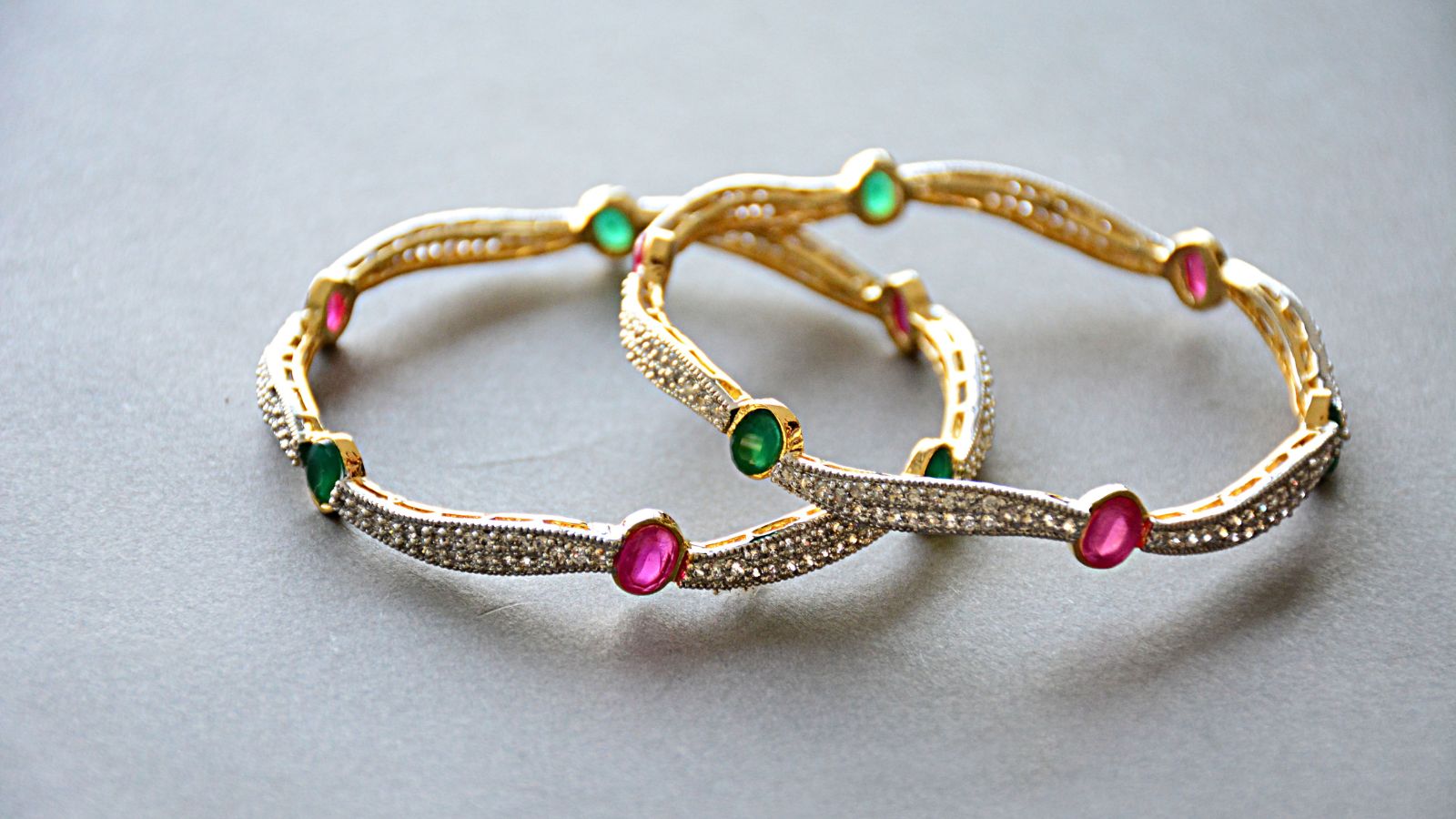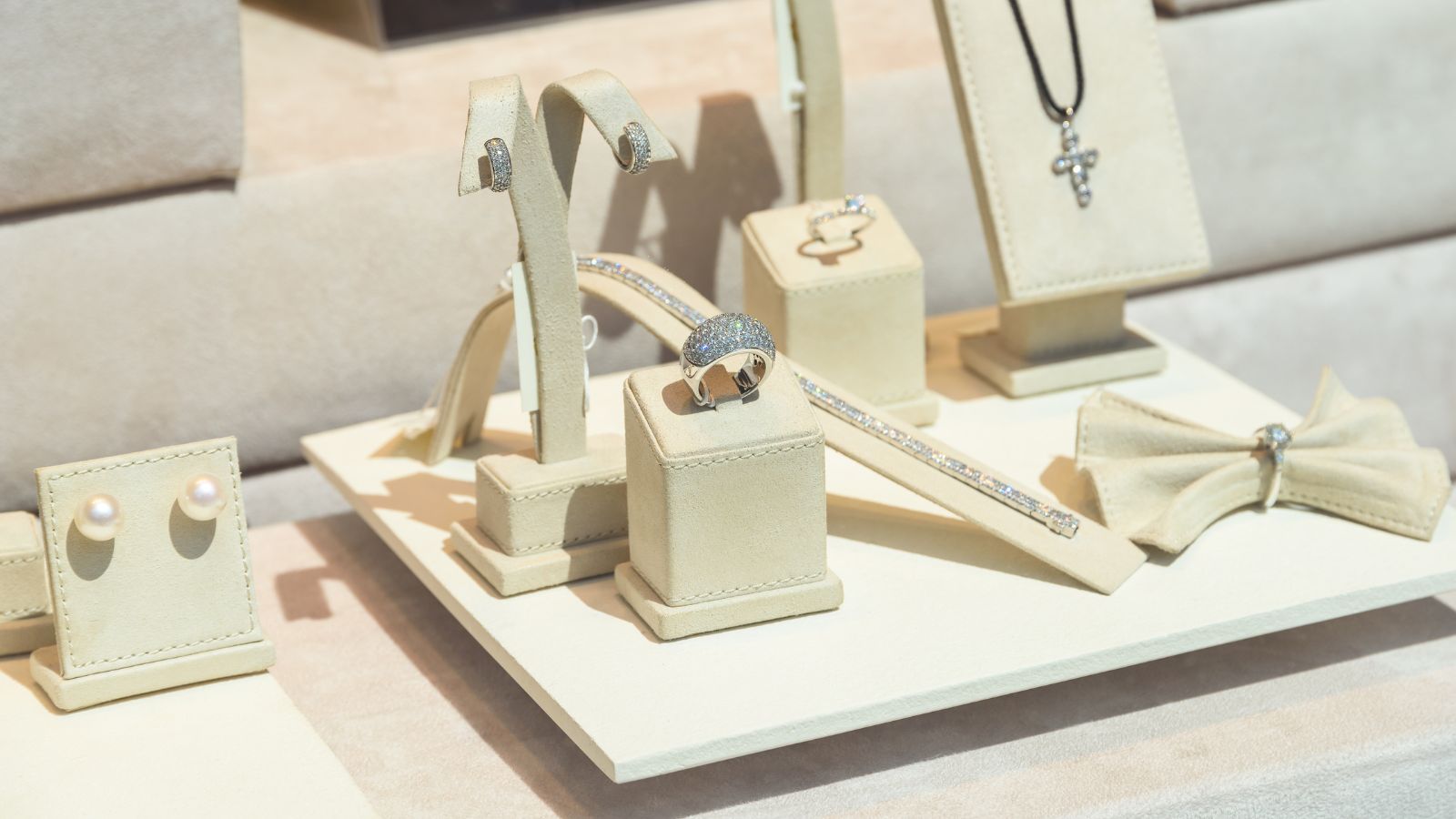The Appeal Of Jewelry As A Tangible Asset
Jewelry has long been admired not just for its beauty but for its ability to retain value over time. For centuries, people have passed down heirloom pieces and turned to gold and diamonds in times of economic uncertainty. But not all jewelry holds its value equally. If you’re looking at your collection with an investor’s eye, it’s essential to understand which types of pieces are likely to appreciate—or at least retain their worth—and which ones may not be as financially rewarding as they appear.
Unlike stocks or bonds, jewelry offers something tangible. You can wear it, display it, and pass it on. It doesn’t lose value overnight based on market speculation. This tangible nature gives many people a sense of security. But just because a piece sparkles doesn’t mean it’s a solid investment. The key is knowing what factors influence resale value and how different types of jewelry perform over time.
What Gives Jewelry Lasting Value?
When it comes to retaining or increasing value, certain characteristics consistently stand out. Precious metals like gold and platinum tend to perform well in the long term. Gold, in particular, is globally traded and highly liquid, meaning you can sell it almost anywhere. Its price fluctuates with the commodities market, and in recent years, it’s remained strong, often exceeding $2,000 per ounce. This makes gold jewelry, especially high-karat or heavy pieces, a safer bet when it comes to investment potential.
Diamonds also have the potential to hold value, but the criteria are more specific. Stones with high grades in the four Cs—cut, color, clarity, and carat weight—are more likely to be sought after by buyers and collectors. Round brilliant cuts and other timeless styles tend to perform better than trendier cuts that may fall out of favor. Certification from a reputable grading lab, like the GIA (Gemological Institute of America), also plays a major role in resale value. Without documentation, even a quality diamond may not command its full worth.
Brand also matters. High-end designer names such as Tiffany & Co., Cartier, Van Cleef & Arpels, and Bulgari often add a premium to resale prices. These pieces not only boast exceptional craftsmanship but also brand recognition that retains strong demand. Limited-edition items or those with historical significance tend to perform even better in resale markets and auctions.

Jewelry That Doesn’t Perform As Well
Not all jewelry is created equal from an investment standpoint. Fashion or costume jewelry, while stylish and often beautifully made, generally has little to no resale value. These pieces are crafted from non-precious materials like base metals, glass, or imitation stones, and buyers looking for value typically avoid them.
Even some fine jewelry can fall short if it lacks quality or documentation. Small diamonds, chips, or stones with visible flaws often don’t attract high resale offers. Pieces purchased at a steep retail markup—especially from mall jewelers or chain stores—can lose significant value once they leave the store. The markup can be as high as 300%, meaning the resale value is only a fraction of the original price.
Another category that may surprise sellers is jewelry with overly trendy or customized designs. While they may be meaningful or unique, their resale potential can be limited because they don’t appeal to a broad audience. Buyers typically look for classic, timeless pieces they can resell or repurpose. Highly stylized or personalized items often need to be melted down or reworked, which decreases their resale value.
Gold Vs. Diamond Jewelry: Which Holds Value Better?
When comparing gold and diamonds as investment vehicles, gold tends to offer more predictable value retention. It’s tied directly to the commodity market, making it easy to track and price. Gold jewelry—even broken or mismatched—can still be sold by weight and purity, providing a baseline of value regardless of condition. That’s why you need to find a trustworthy jewelry buyer who will give you a fair price regardless of condition.
Diamonds are more subjective. Their value is influenced by many factors, and the resale market for diamonds can be inconsistent. While high-quality, certified stones can fetch impressive prices, lower-grade or uncertified diamonds may not yield much. Furthermore, with the rise of lab-grown diamonds, some natural stones are facing increased competition, which could impact future resale trends.
That said, certain diamond jewelry—especially engagement rings with top-tier stones—can still hold strong investment value, particularly if they come with documentation and are from a trusted jeweler or brand.
Market Trends And The Rise Of Vintage Jewelry
One bright spot in the investment landscape is vintage and antique jewelry. These pieces often feature unique craftsmanship, historical significance, and enduring appeal. As more consumers look for sustainable and eco-conscious alternatives to new manufacturing, vintage jewelry has seen a surge in demand. This trend is especially strong among Millennials and Gen Z buyers, who often prefer the uniqueness and story behind vintage pieces.
In addition to their aesthetic charm, many vintage pieces were made with higher-quality materials and more intricate detailing than mass-produced modern jewelry. This can make them especially appealing to collectors and resellers. If you have a well-preserved vintage or antique piece, particularly from a well-known era or maker, it may be worth significantly more than its material value alone.

When Jewelry Becomes Sentimental, Not Strategic
It’s also worth acknowledging that not every piece of jewelry should be judged on investment terms. Many people hold onto items for sentimental reasons—gifts from loved ones, family heirlooms, or symbols of important life moments. These pieces may not offer high resale value, but they carry emotional weight that can’t be measured in dollars.
However, if you’re deciding whether to sell a piece, it helps to separate emotional value from financial value. If the item no longer serves a personal purpose and has investment-grade characteristics, it may be a good time to evaluate its potential and consider turning it into liquid capital for something more useful or meaningful to you now.
Making Smart Decisions About Jewelry Investments
If you’re thinking about purchasing jewelry with investment in mind, prioritize quality, documentation, and timeless appeal. Stick to reputable sellers and always ask for certificates, appraisals, and any provenance that can increase future value. When selling, work with experienced buyers who can accurately evaluate your piece’s worth in today’s market and offer fair, competitive pricing.
The jewelry market isn’t always predictable, but it rewards those who are informed. Knowing what holds value—and what doesn’t—can help you make smarter choices whether you’re buying, holding, or selling.